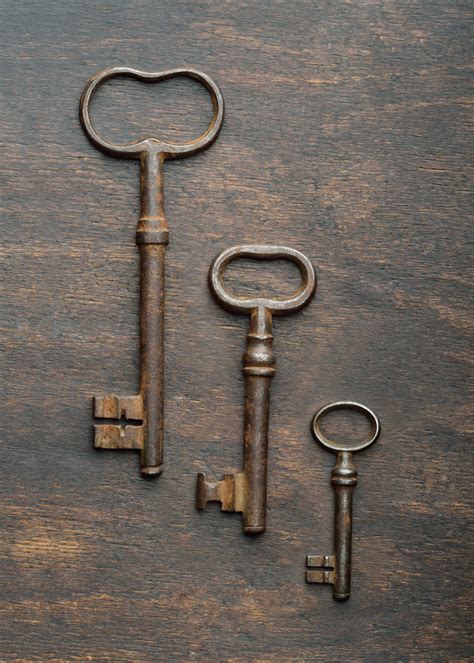The Unspoken Language of Fit: Why It Matters Most
In the world of men’s fashion, trends come and go, but one principle remains timeless and universally true: fit is king. No matter how expensive or trendy an item of clothing, if it doesn’t fit well, it will undermine your entire look. A sharp appearance isn’t about chasing the latest fads; it’s about mastering the foundational art of a perfectly tailored silhouette, whether you’re heading to a boardroom or a weekend brunch.
This guide will break down the essential fit rules for both your professional and casual attire, ensuring you always look polished, confident, and ready for any occasion.
Mastering the Fit of Professional Attire
Professional wear demands precision. A well-fitted suit or dress shirt conveys authority and attention to detail. Sloppy professional attire can unfortunately send the wrong message.
Suit Jackets & Blazers
- Shoulders: The shoulder pads should end precisely where your natural shoulders do. There should be no overhang or pulling. This is arguably the most critical fit point for a jacket, as it’s the most challenging to alter.
- Chest: The jacket should button comfortably without any pulling or creasing around the chest or waist. You should be able to slide your hand flat between your chest and the buttoned jacket.
- Sleeve Length: When your arms are hanging naturally, the jacket sleeve should end just above your wrist bone, allowing about a quarter to half an inch of your shirt cuff to show.
- Jacket Length: The bottom hem of the jacket should generally cover your backside and end around the middle of your hand when standing relaxed. For shorter men, slightly shorter can be more flattering.

Dress Shirts
- Collar: You should be able to comfortably fit two fingers between your collar and your neck when buttoned. Any tighter, and it’s too small; any looser, and it will look sloppy.
- Shoulders: Similar to a jacket, the shoulder seam should align with the edge of your natural shoulder.
- Sleeve Length: The cuff should hit right at your wrist bone, allowing it to extend slightly past your jacket sleeve.
- Torso: The shirt should gently follow the contours of your body without being too tight or baggy. There shouldn’t be excessive fabric bunching around the waist when tucked in, nor should it pull across the chest or stomach.
Trousers
- Waist: Trousers should sit comfortably on your natural waist (or slightly below, depending on the cut) without requiring a belt to stay up.
- Seat: The fabric across your backside should be smooth, with no excessive bagging or pulling lines.
- Break: This refers to the crease or fold formed when the bottom of your trouser leg rests on your shoe. For professional wear, a ‘no break’ (just skimming the top of the shoe), a ‘slight break’ (a single subtle crease), or a ‘medium break’ (a bit more traditional) are acceptable. Avoid excessive fabric pooling around your ankles.
Elevating Your Casual Attire with Proper Fit
Casual doesn’t mean careless. Even your relaxed outfits benefit immensely from good fit, transforming basic items into stylish ensembles.
T-Shirts & Polos
- Shoulders: The seam should sit precisely at your shoulder bone.
- Sleeve Length: Sleeves should hit around the mid-bicep, showcasing your arms without being restrictive.
- Torso: A casual shirt should skim your body without being too tight or too loose. It should allow for comfortable movement but not create a boxy silhouette.
- Length: The hem should fall around the middle of your fly, allowing it to be worn untucked without looking too long.

Jeans & Chinos
- Waist: Like dress trousers, they should fit comfortably without a belt.
- Seat & Thighs: The fabric should fit comfortably around your seat and thighs – not skin-tight, but not baggy either. Modern cuts often feature a slight taper.
- Length & Break: For casual pants, a ‘no break’ or a slight stack (a bit more fabric pooling around the ankle) is common. For chinos, a clean, slight break is often preferred. Cuffing jeans can also create a sharp, intentional look.
Casual Button-Down Shirts
Similar rules to dress shirts apply, but with slightly more relaxed tolerances. Sleeves can be rolled, and the length is usually designed to be worn untucked, so ensure it doesn’t extend too far past your fly.

The Universal Principles of a Sharp Fit
Beyond specific garments, certain fit principles apply across the board:
- The Shoulder is Key: For almost any top, ensuring the shoulder seam hits correctly is paramount. It dictates how the rest of the garment will fall.
- Armholes Matter: Higher armholes generally create a cleaner, more tailored look and allow for better range of motion without the garment pulling up.
- Length is Crucial: Whether it’s sleeves, jacket hems, or pant breaks, getting the length right dramatically impacts the overall sharpness of an outfit.
- Avoid Excess Fabric: Baggy clothing adds visual weight and makes you look unkempt. Garments should follow your natural lines without clinging too tightly.
- Consider Alterations: A good tailor is your best friend. Many off-the-rack items can be transformed into custom-fit pieces with minor adjustments to sleeves, waist, or pant length.

The Impact of a Properly Fitted Wardrobe
When your clothes fit correctly, a remarkable transformation occurs. You look taller, more streamlined, and more confident. A well-fitted garment enhances your natural physique, making you appear more put-together and respectful of the occasion. It’s not just about looking good; it’s about feeling good and projecting an image of competence and self-awareness.
Investing in pieces that fit perfectly, or spending a little extra on tailoring, is one of the smartest decisions you can make for your personal style. It elevates your entire wardrobe, making even the most basic outfits look intentionally stylish and sophisticated.

Conclusion: Make Fit Your Fashion Foundation
Ultimately, the key to looking sharp in both professional and casual attire lies not in the brand name or the price tag, but in the fit. By paying close attention to the shoulders, sleeves, length, and overall drape of your clothing, you unlock the secret to timeless style. Embrace these fit rules, make friends with a tailor, and watch as your confidence and appearance transform. Remember, impeccable fit is the silent statement that speaks volumes about your attention to detail and personal style.




